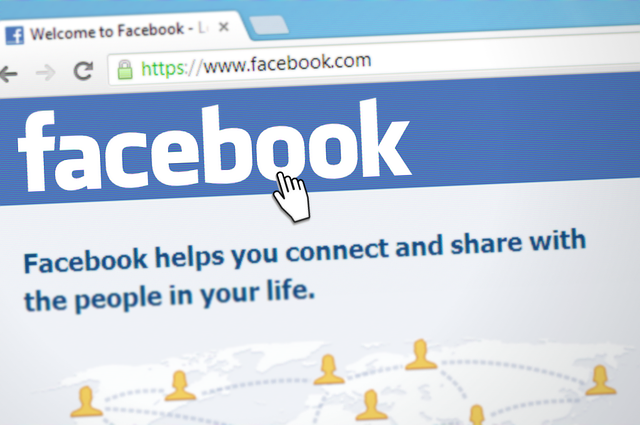The Evolution of the Facebook Algorithm: What it Means for Your Social Strategy
- Published in: Social Media, Social Media Today Articles
- Written by Allison Solberg
- Permalink

Remember when we could post on Facebook and our fans would actually see it? Those were the days.
Unfortunately, we’ve been having a love-hate relationship with Facebook’s News Feed over the years. Let’s get nostalgic and take a look at some of the major updates:
- October 2009 – Facebook makes it’s first major change to the News Feed. What once showed content in chronological order became a filtered page of highlighted activity and live content. (News Feed vs. Live Feed): “The new News Feed view is based on an algorithm that scores every update coming in through what’s now called the Live Feed. That scoring is based on the number of “likes” and comments an item has received and how much you personally have interacted with the update’s author in the past.” The algorithm was known to many as “EdgeRank” and it was a major game changer. Read more.
- September 2011 – As requested (or demanded) by many users, Facebook combines the two separate News Feeds (News Feed vs. Live Feed). “Now, News Feed will act more like your own personal newspaper. You won’t have to worry about missing important stuff,” wrote Tonkelowitz. “All your news will be in a single stream with the most interesting stories featured at the top. If you haven’t visited Facebook for a while, the first things you’ll see are top photos and statuses posted while you’ve been away. They’re marked with an easy-to-spot blue corner. If you check Facebook more frequently, you’ll see the most recent stories first.” Read more.
- August 2013 – What once was a simple algorithm known as “EdgeRank” has become a lot more sophisticated and complex. In fact, Facebook no longer uses the term. “While the goal of News Feed is to show high quality posts to people, we wanted to better understand what high quality means. To do this we decided to develop a new algorithm to factor into News Feed.” Read more.
- April 2015 – Another day, another update. Friends’ content is now weighed much higher in the algorithm and will be shown more often vs. page content. “The impact of these changes on your page’s distribution will vary considerably depending on the composition of your audience and your posting activity. In some cases, post reach and referral traffic could potentially decline.” Read more.
And with all of these major changes we’ve gone from 15%, to 10%, to now less than 3% of our fan base viewing our content organically. Who knows, pretty soon we may hit ZERO! (In fact, many marketers have blogged on this topic before. Check out one of my favorites here.)
What is a digital marketer to do? A lot of brands are currently on a mission (more like Mission: Impossible) for organic reach on Facebook. However, it’s pretty clear that the free lunch is over and IT’S TIME TO FACE REALITY! While having a superb product as well as engaging social content will play a role in your brand’s social and offline success, paid media will be the driving force behind it.
Think of it this way: You spend hours brainstorming the perfect creative idea for your target audience. You post on your page and the algorithm knocks you down. Your content didn’t fail, Facebook failed to deliver your content to your fans.
My advice? There are two major areas that brands need to consider and invest in when it comes to social media:
- Content: But not just any content, engaging content. The type of content that puts your brand on a pedestal and stands out of the News Feed clutter.
- Paid Media: Now that you’ve got that amazing content, it’s time to get some eyes on it!
In order to maximize your success on Facebook and truly achieve long-term customer acquisition, you need to “pay to play”. But fear not! With the proper balance of a content and media strategy, as well as regular optimization, your dollar can be stretched farther and get you the best bang for your buck.

